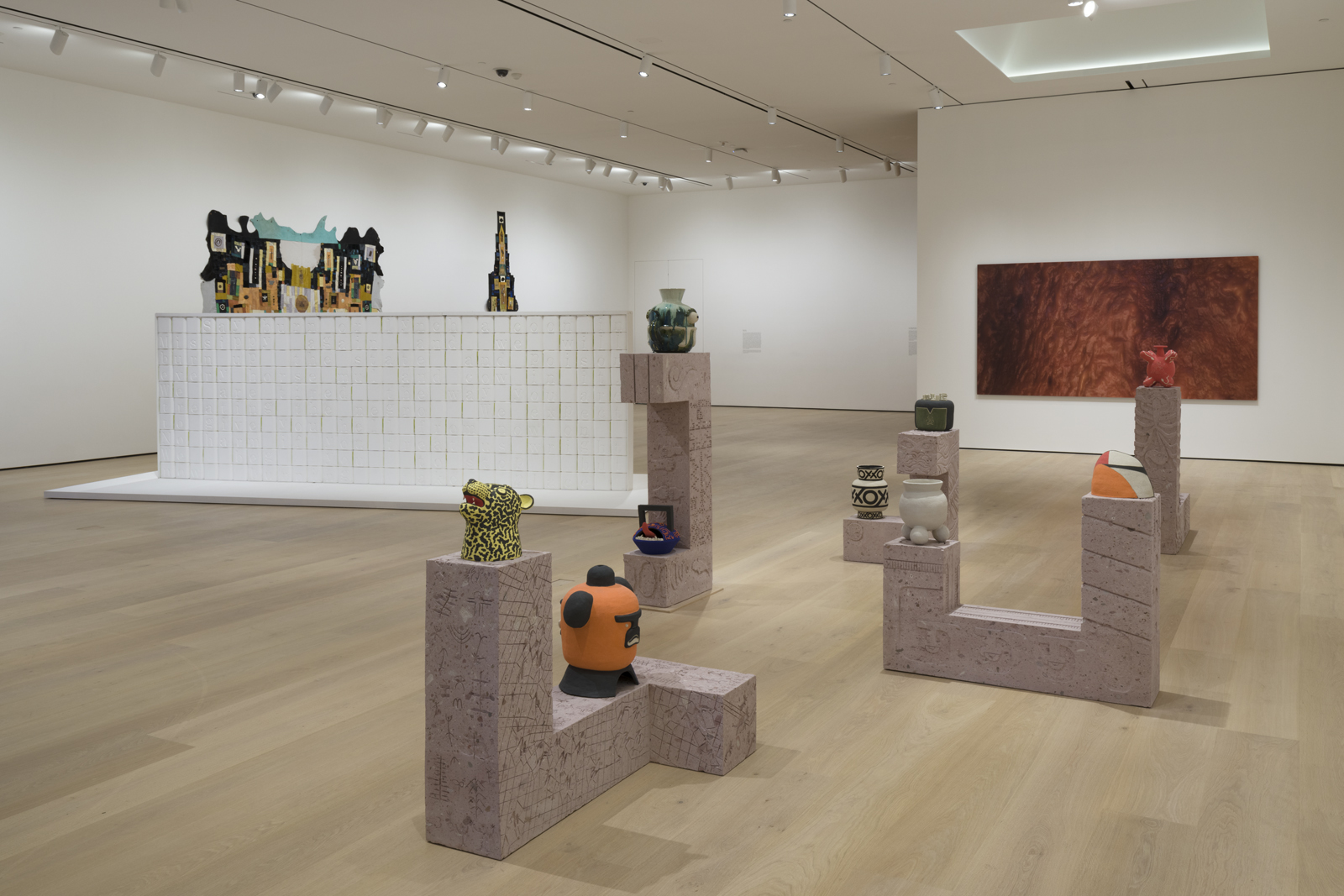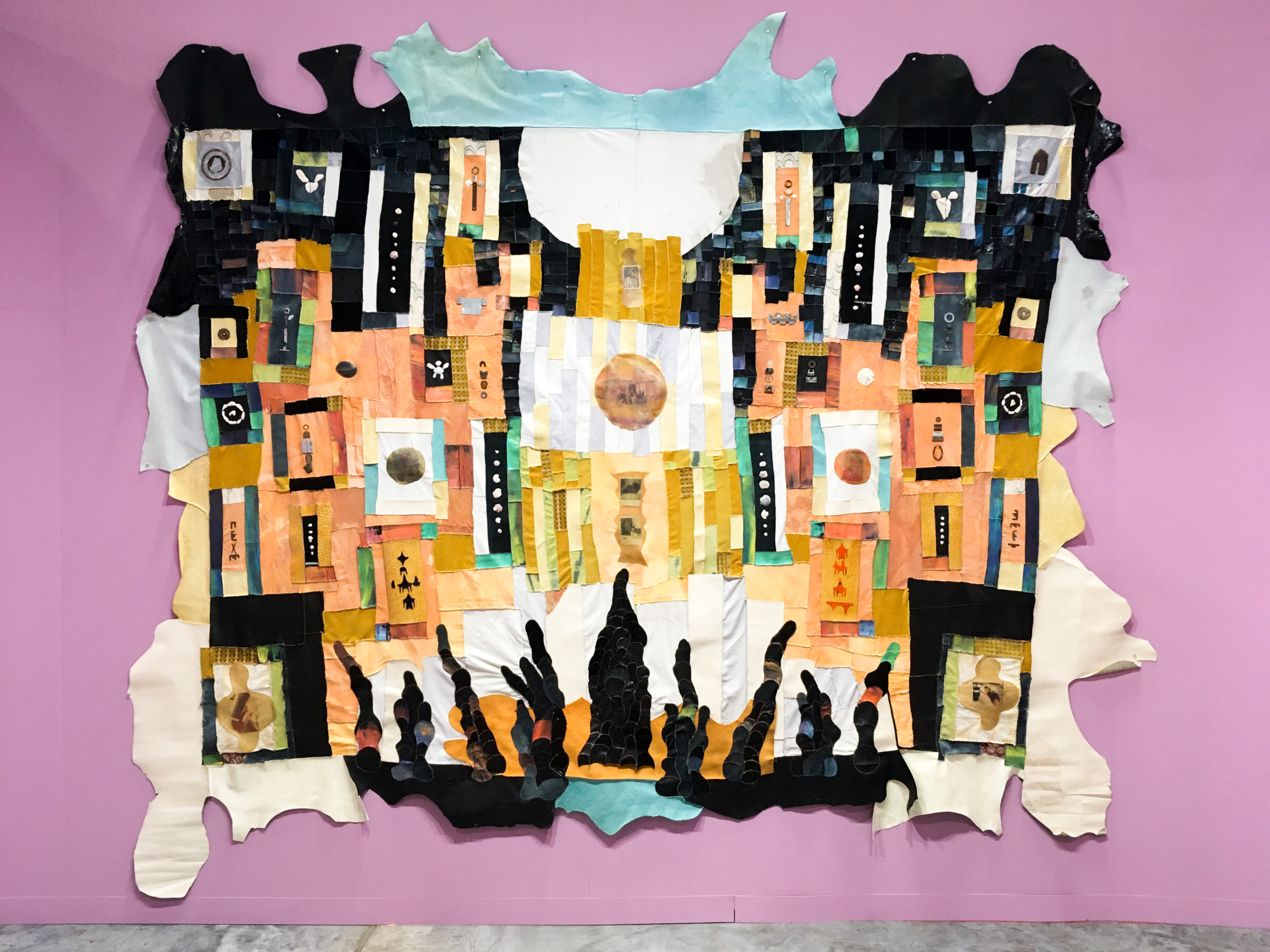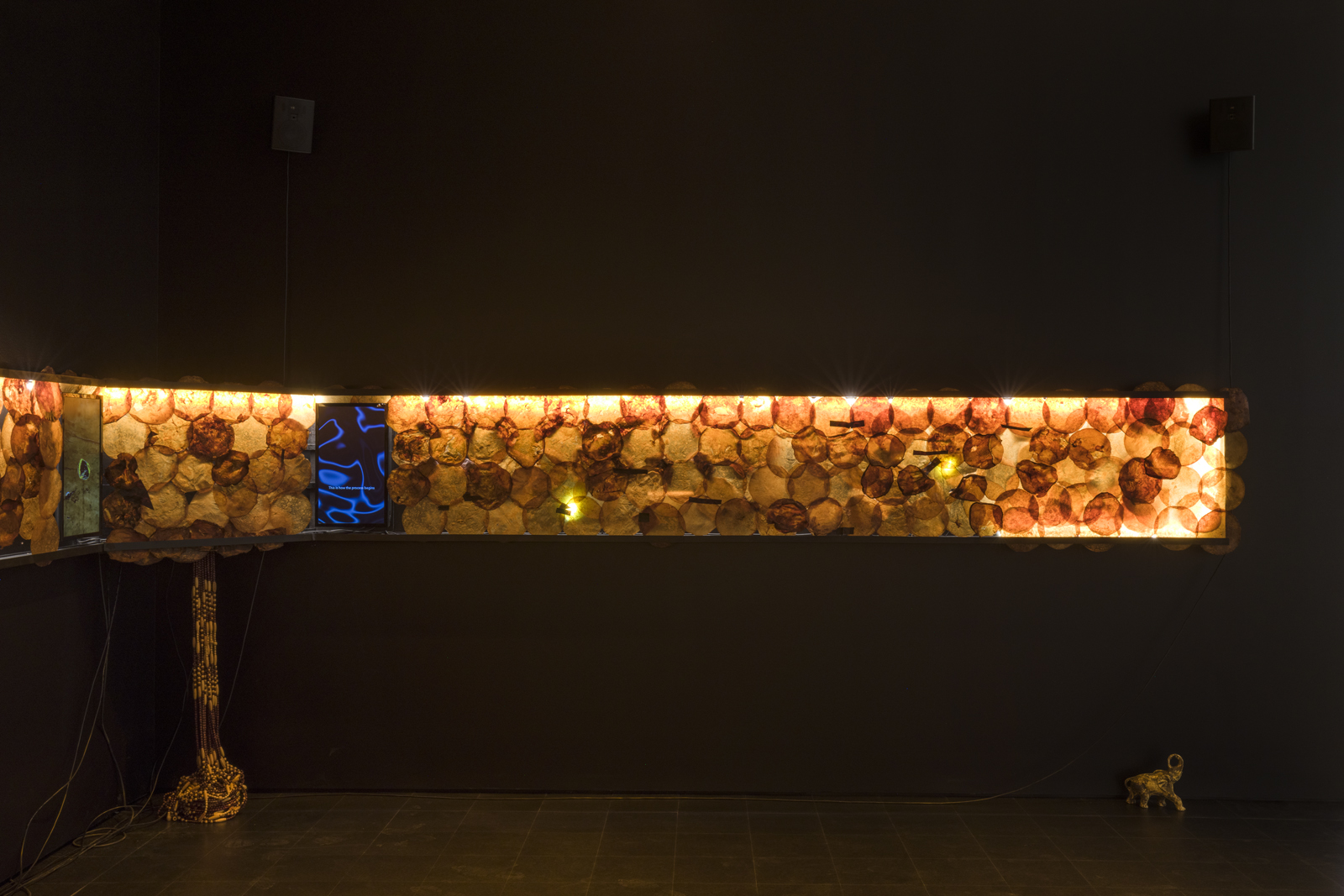
“No Humans Involved,” the latest group exhibition at the Hammer Museum in Los Angeles, is rooted in the post-Anthropocene. Curated by Erin Christovale and Vanessa Arizmendi, it presents a topography beyond "humanness," dismantling the value and notion of the categorization as it has been used in colonialist utopias. By taking the position that humanness, as an engineering of Western thought, is neither esteemed nor desirable, the “No Humans Involved” artists build worlds onto themselves, charting something anew.
The show is an extension of Sylvia Wynter's 1992 open letter of the same name wherein the theorist and writer addressed the LAPD designation of "no humans involved" for cases that involved Black and Latinx people and sex workers. The letter is both an indictment of the white supremacist epistemology that produced such an abjection and an explanation as to how the premise of the human itself has fueled that abjection. White supremacy also compelled institutions and individuals to uphold the idea that the human is inherent, restricted and True. Christovale and Arizmendi utilize this critique to frame a scope that looks towards the "non-western…spiritual…and the antihuman."

“No Humans Involved” features Eddie Aparicio, Tau Lewis, Las Nietas de Nonó, Sondra Perry, SANGREE, WangShui and Wilmer Wilson IV. The curation reveals a myriad of textures and materials, but the use of amber amongst three artists is a particularly compelling thread. Here, amber becomes a heterogenous refuge, guiding the exhibition through its tenets of collapsed time and speculative wonders. Perry's Flesh on Flesh (2021) is the latest in their lenticular panel works. A rendering of their skin, Perry situates optical structures within their engineering properties, morphing flesh to print and print to a dimensional structure that lives between 3D and motion. The effect is a dense, near melting amber-hued form, coursing and collecting substance of a former body.
Artist collective Las Nietas de Nono's No More Tears (2021) is a three-walled installation of organic matter, video and sound. The matter—circular kombucha scoby—radiates atop a lightbox, its layered and biotic substance shifting the density of light and revealing the fragility of its state. The video component of the work—housed between the walls of scoby—is an arrangement of landscapes from the collective's home in Carolina, Puerto Rico: geological forms, veiled photographs and moving images of their cousins, the Salgado Brothers, who were just released from federal prison. Because Las Nietas de Nonó works within a liberatory ecological ethos—concerning themselves with the legacy and continuity of anti-Blackness via food, land, access and the carceral state within Puerto Rico—No More Tears is a type of medicinal balm, a means to address the weight of loss.

Aparicio's amber cube Sepultura de Semillas (2021) gleams with artifacts: both organic and inorganic materials collected from long-standing Central American communities in Los Angeles. These archival objects range from tree branches and plant life to receipts, letters and legal documents. The viscosity of Sepultura de Semillas will alter in the gallery space as the amber reforms to its temperature and environment. The opaqueness of its artifacts will change too, becoming either more visible or more buried as the amber understands its alchemic state. Here, proof of lives lived takes on a new form of corporeality, merging history with a shifting amber grasp.
I've been in orbit with a piece of Fred Moten's writing from 2018. The essay/interview "Black Topological Existence," broadly speaking, is a rumination on and conversation with Arthur Jafa, but it is an early line that is fixed in my thoughts. Moten states, "To see the earth is to see as earth; such earthly, subjectless seeing, in its radical refusal of a point of view in favor of a view from nowhere." Moten describes a reorientation of perspective, a vantage by which binary and hierarchical thought may be dissipated. “No Humans Involved” is suffused in this view from nowhere, purposing a type of belonging rooted in more than what's been allowed to count as there.
Craving more culture? Sign up to receive the Cultured newsletter, a biweekly guide to what’s new and what’s next in art, architecture, design and more.




